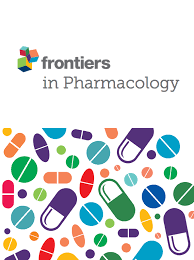- Authors*
Manon Tauzin, Béatrice Gouyon, Déborah Hirt, Ricardo Carbajal, Jean-Bernard Gouyon, Anne-Claire Brunet, Matthieu Ortala, Seydou Goro, Camille Jung, Xavier Durrmeyer
*Author details available on the publication
- reference
Frequencies, Modalities, Doses and Duration of Computerized Prescriptions for Sedative, Analgesic, Anesthetic and Paralytic Drugs in Neonates Requiring Intensive Care: A Prospective Pharmacoepidemiologic Cohort Study in 30 French NICUs From 2014 to 2020.
No consensus exists about the doses of analgesics, sedatives, anesthetics, and paralytics used in critically ill neonates. Large-scale, detailed pharmacoepidemiologic studies of prescription practices are a prerequisite to future research. This study aimed to describe the detailed prescriptions of these drug classes in neonates hospitalized in neonatal intensive care units (NICU) from computerized prescription records and to compare prescriptions by gestational age.
The prescriptions of analgesic, sedative, anesthetic, or paralytic agent were frequent and often combined in the NICU. Lower gestational age was associated with higher frequencies, longer durations and higher cumulative doses of these prescriptions. Dose-finding studies to determine individualized dosing regimens and studies on long-term neurodevelopmental outcome according to received cumulative doses are required.
Read more